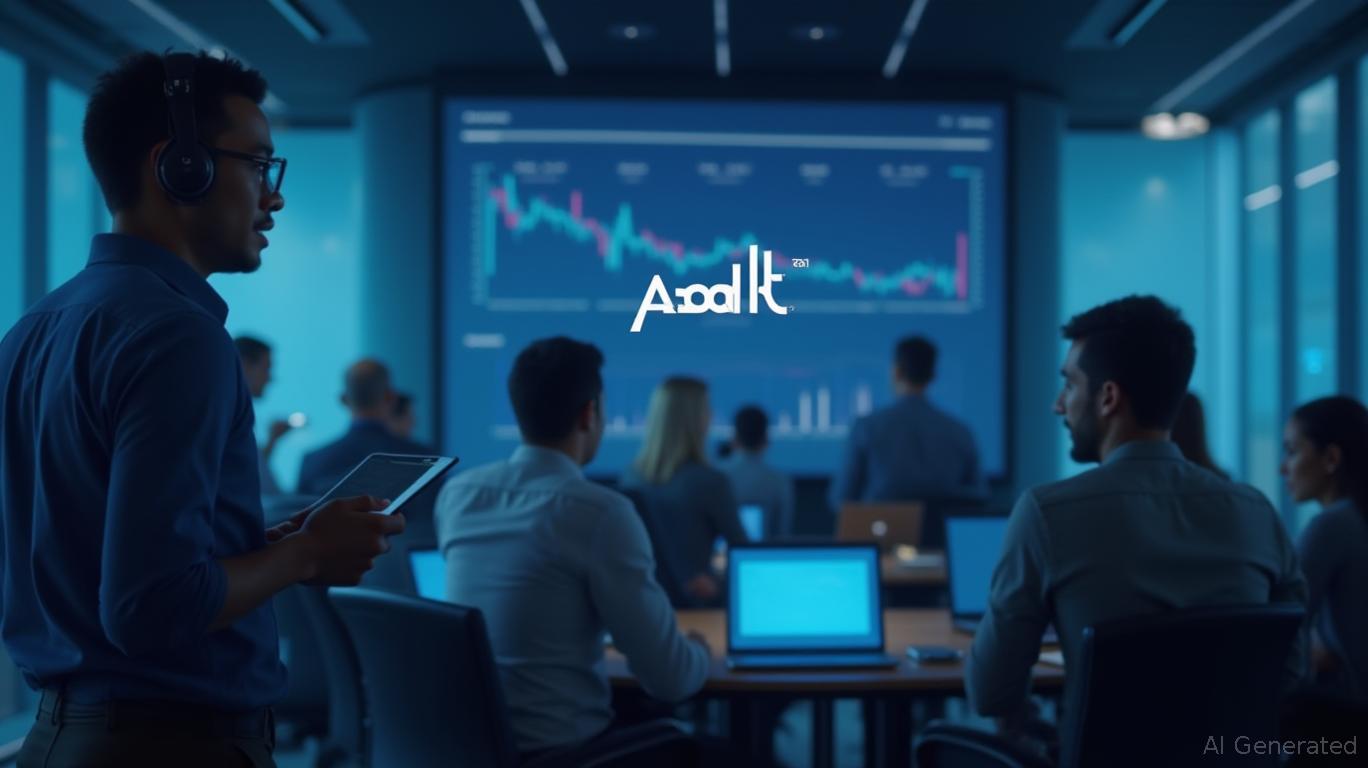IBio's Fiscal Third Quarter 2025 Results Highlight Progress in R&D Despite Financial Pressures
Investors in iBio, Inc. (IBIO) are navigating a familiar tension: rapid scientific progress clashing with looming financial constraints. The company’s fiscal third quarter 2025 results, announced on May 2, 2025, underscore this dynamic, revealing both promising advancements in its drug pipeline and a cash position that demands urgent attention.
Financials: R&D Investments Outpace Revenue Growth
For the quarter ended March 31, 2025, iBio reported a net loss of $4.9 million, or $0.49 per share, compared to a loss of $2.6 million ($0.71 per share) in the same period a year earlier. R&D expenses surged to $1.9 million from $0.9 million in Q3 2024, reflecting accelerated work on its lead assets. While this spending bodes well for long-term potential, the burn rate raises immediate concerns.
The company’s cash reserves dipped to $5.2 million as of March 31, 2025, but a $6.2 million warrant-inducement equity raise in April 2025 boosted liquidity to $10.5 million by May 1. This influx buys time—approximately 2.1 quarters—before further financing is needed, assuming current burn rates persist.
Pipeline Progress: Muscle Growth and Obesity Therapies Take Center Stage
The quarter’s scientific milestones are the company’s brightest spot. iBio highlighted non-human primate data for its anti-myostatin antibody, IBIO-600, demonstrating an extended half-life and dose-dependent muscle growth. This advancement positions the drug as a potential treatment for diseases like muscular dystrophy or sarcopenia, where muscle wasting is a critical issue.
Equally significant was the in-licensing of a first-in-class Activin E antibody from AstralBio. This asset targets obesity and cardiometabolic diseases, a market projected to exceed $50 billion by 2030. The antibody’s fat-selective weight-loss mechanism could carve out a niche in a crowded space, though clinical validation remains a hurdle.

Risk Factors: Cash Burn and Regulatory Uncertainty
Despite the pipeline’s promise, iBio’s financial trajectory is precarious. At its current quarterly burn rate of ~$4.9 million, its post-April cash reserves of $10.5 million could be depleted by late 2025 or early 2026. This timeline aligns with the company’s stated goal of submitting IBIO-600 for regulatory review by 2026, creating a high-stakes race between funding needs and clinical progress.
Regulatory risks also loom large. Even if iBio secures additional capital, the path to approval hinges on demonstrating safety and efficacy in human trials. The non-human primate data are encouraging, but Phase 1/2 trials will be pivotal.
Conclusion: A High-Reward, High-Risk Play
iBio’s Q3 results paint a company at a pivotal crossroads. Its R&D investments are yielding tangible progress, particularly in IBIO-600 and the Activin E antibody, which address significant unmet medical needs. However, the financial fragility underscores the need for strategic capital raises and efficient resource allocation.
Investors must weigh two critical metrics: the cash runway (projected to end in early 2026) and the 2026 regulatory submission timeline for IBIO-600. If iBio can secure funding and deliver positive clinical data, its shares could see a transformative upside. Conversely, delays in either area could trigger a liquidity crisis.
In the near term, the stock’s performance will likely hinge on updates from upcoming quarters—Q4 2025 results, expected in September, and any interim data from clinical trials. For now, the data suggests a speculative opportunity for those willing to bet on high-potential biotech, but one requiring constant vigilance over financial and operational milestones.
Final Take: iBio’s scientific pipeline is advancing, but its survival depends on managing cash reserves and accelerating clinical progress. Investors should monitor both its balance sheet and regulatory timelines closely.


_442a2dcc1749832873286.jpeg)
_e68fac6d1749831664430.jpeg)






